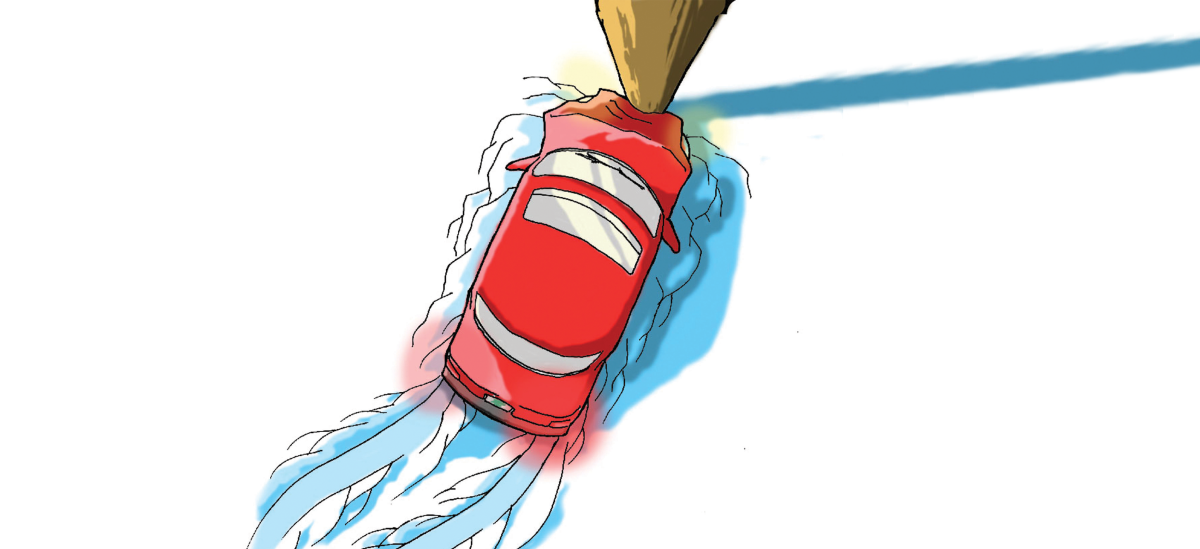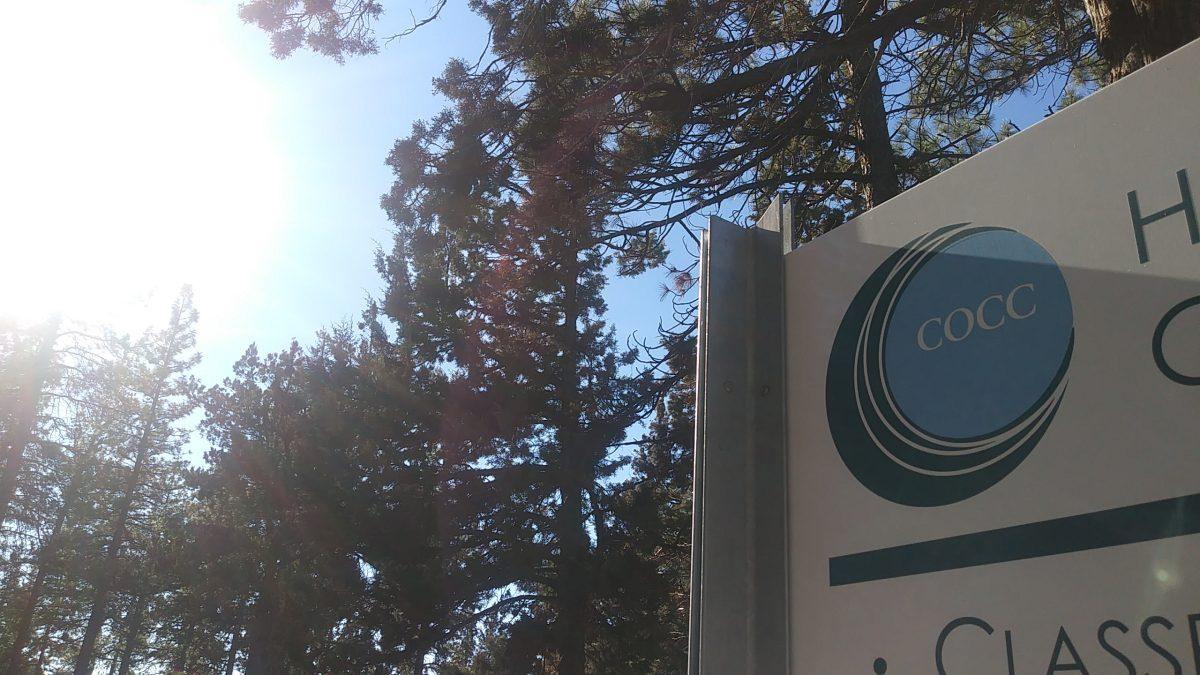Nothing ruins the beautiful Central Oregon weather like traffic accidents, especially when most of them could have been prevented. Snow and ice have already closed COCC and OSU Cascades campuses twice, and it is recommended to prepare oneself as to avoid any serious problems when traveling in the winter.
The biggest thing drivers can do to negate risk is planning ahead, according to Peter Murphy, the public information officer at the Oregon Department of Transportation (ODOT).
“Plan ahead and leave early so you aren’t rushed. Rushed driving takes control away from the driver,” Murphy said.
Driving at excess speeds can cause accidents on any normal driving day, so speeding on icy roads only compounding the risk of an accident. Even though ODOT plows, de-ices and puts sand/rock on the road to help provide traction, not all roads will receive such treatment, according to Murphy.
“It’s[plowing, deicing and rock] just not possible or feasible. But we know where the trouble spots are, we are on those spots and working towards keeping them safe 24/7,” Murphy said.
Additionally chains and studs don’t fix everything, according to Murphy
“Studded tires will help you about 5% of the time and really only helpful on ice and packed snow. As for chains, they aren’t required unless Oregon State Police (OSP) says otherwise,” said Murphy.
That being said, ODOT is strongly urging drivers to ditch their studded tires. Traction tires are recommended and cause less damage to the roads. Last year ODOT repaired Highway 97 at a cost of $6 million.
“[ODOT] does not have or get a large budget and during those repairs, they only had $11 million to use”, so in one job, they were already over half of their budget! Instead of studs it is recommended that people use traction tires,which are marked with a snowflake on the wall of the tire. Chains work, but aren’t for everyday driving.
So, aside from leaving early, planning ahead and getting traction tires, what else can one do? Murphy recommends that drivers inspect and perform a “winter check” on their vehicle. This means checking all fluids, especially the antifreeze and tires.
Additionally, it is a great idea to bring emergency supplies when one travels. First-aid kits and survival kits can be especially helpful if there is an accident and vehicles cannot be immediately reached. Even if one is just stuck in traffic, having snack foods and water will keep vehicle occupants nourished and hydrated. Blankets should be included in the kit so those stuck can stay warm and avoid hypothermia.
Tripcheck is also an incredibly useful tool, which alerts users of road conditions along a route. Tripcheck is available on mobile devices as well. Travellers can also call 511 for highway information.
As with most accidents, it is the operator’s fault. Jim Bennett, with the Public Safety Department at COCC, agrees and echoed the words and advice of Peter Murphy.
“Use common sense. Slow down and keep a safe following distance from other drivers. Remember to obey COCC and OSU Cascades traffic laws when on campus. Also, keep in mind, ‘damp’ looking roads could be icy so be cautious and aware,” said Bennett.
Bennett shares these tips:
- Slow down! Speeding takes away your reaction time and may cause you to brake suddenly and lose traction
- Keep a safe distance between you and other motorists.
- Braking, do it slowly and ease into it. Braking suddenly or erratically can cause you to lose control of the vehicle.
- Remove ice and snow from ALL windows of your vehicle, visual obstructions will impair your driving.
- Do not park in closed areas or areas where significant snow has accrued. Snow plows cannot effectively clear those areas if you vehicle is parked there.
Additionally, COCC and OSU Cascades utilizes an Emergency Notification System (ENS). Students and faculty may have been called and/or sent an email, informing them that the campuses were going to be closed Nov. 24. at 3:00 p.m. and all campuses were closed all day on Nov. 25. If a student was not notified, they can register for ENS through there Bobcat Account, under “Student Services”.
Mitch Viescas | The Broadside
(Contact: [email protected])














